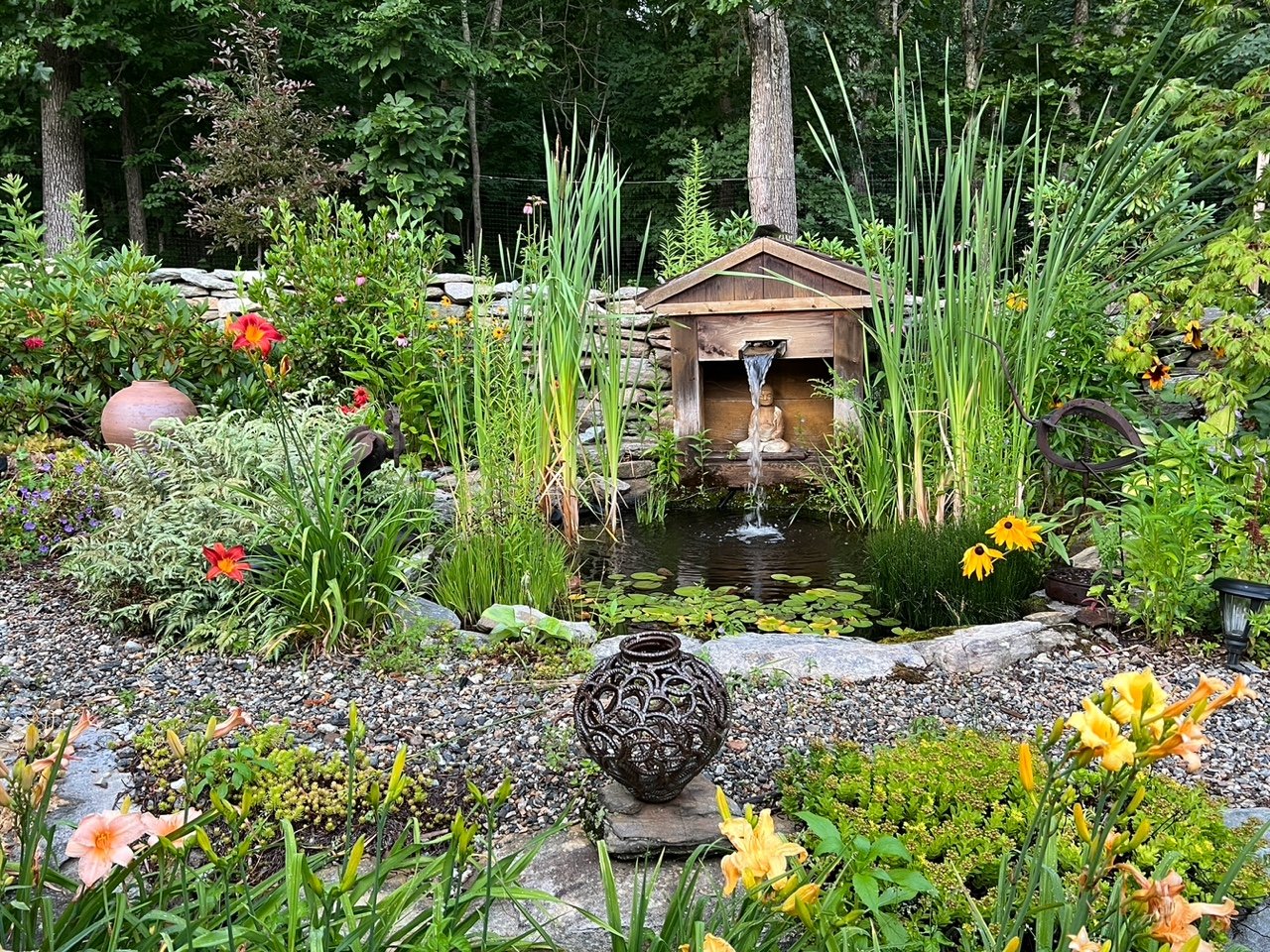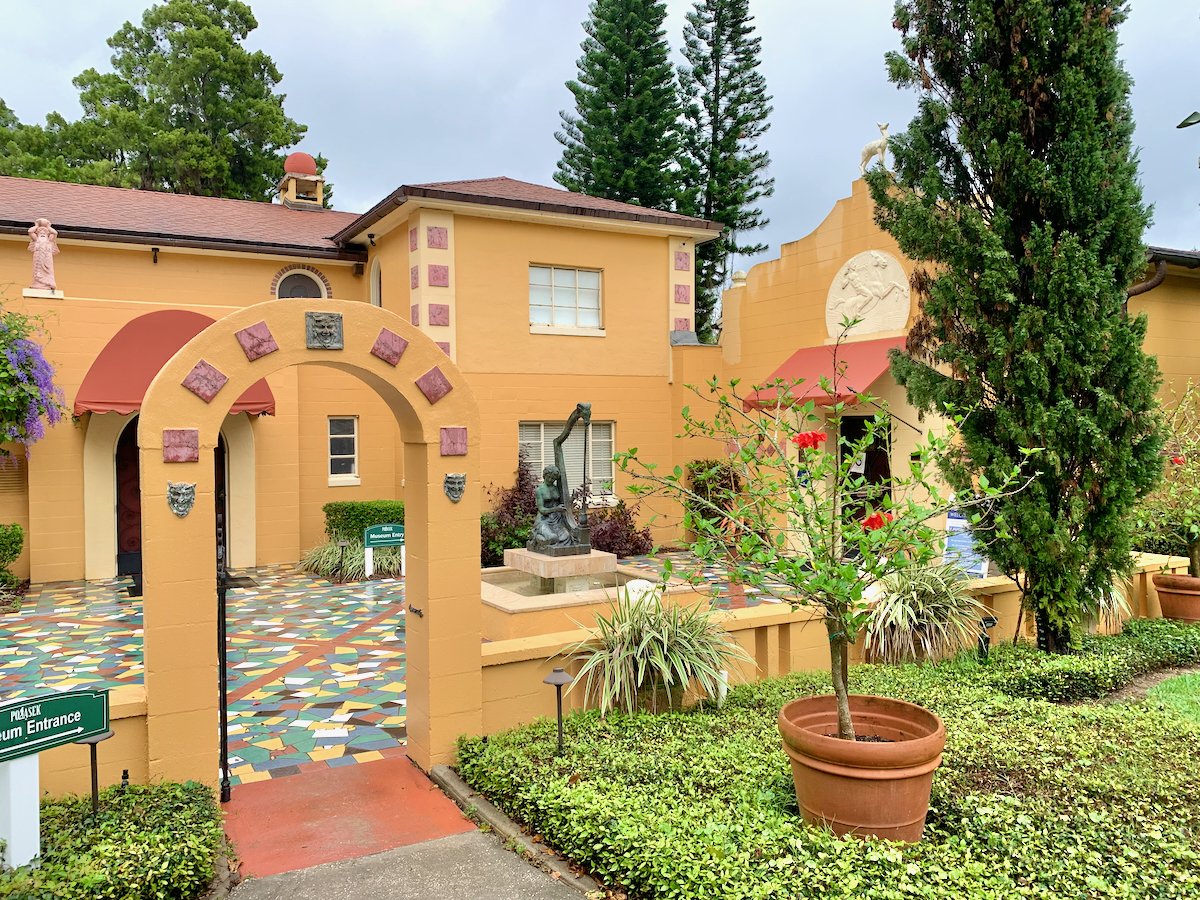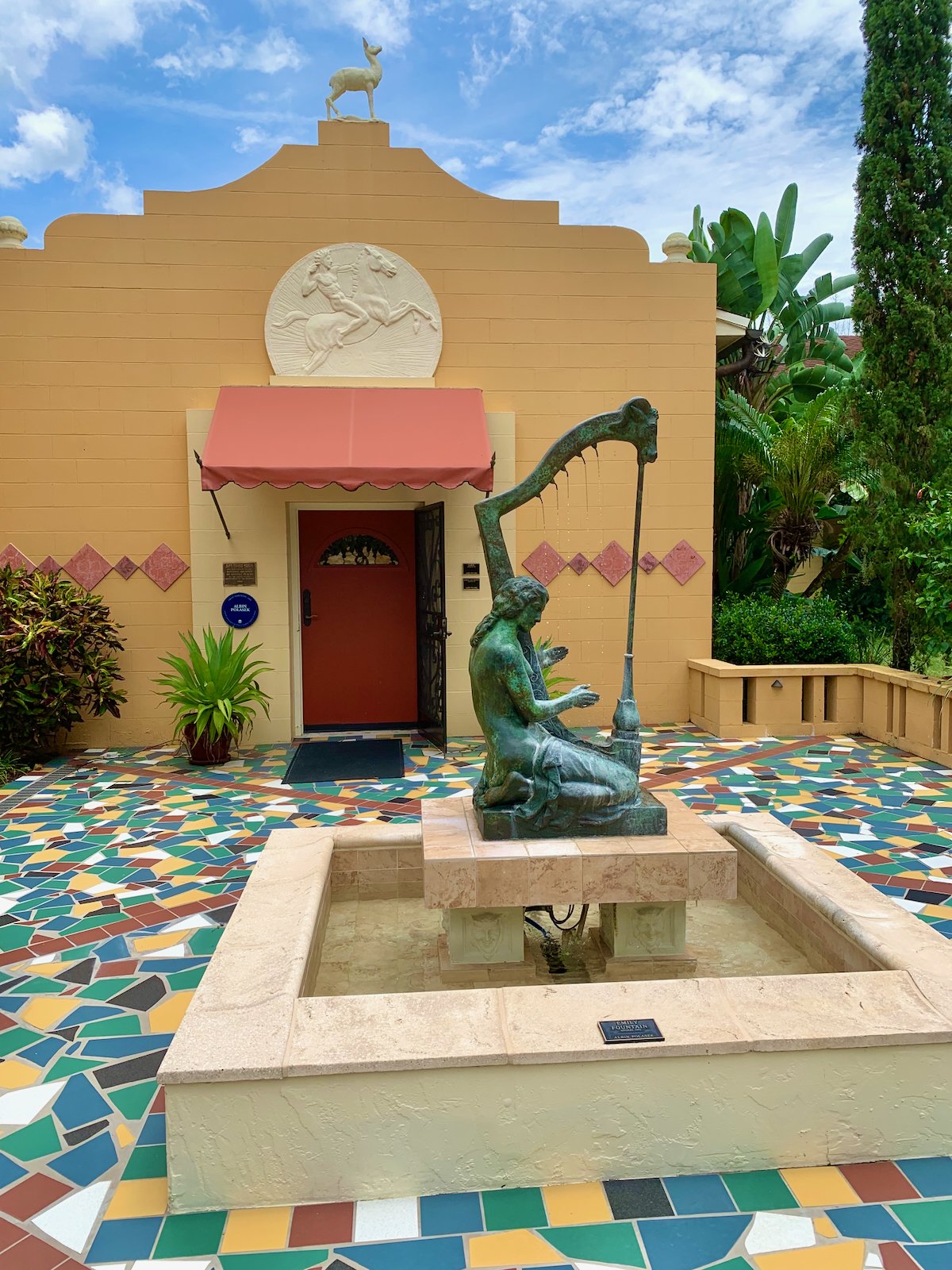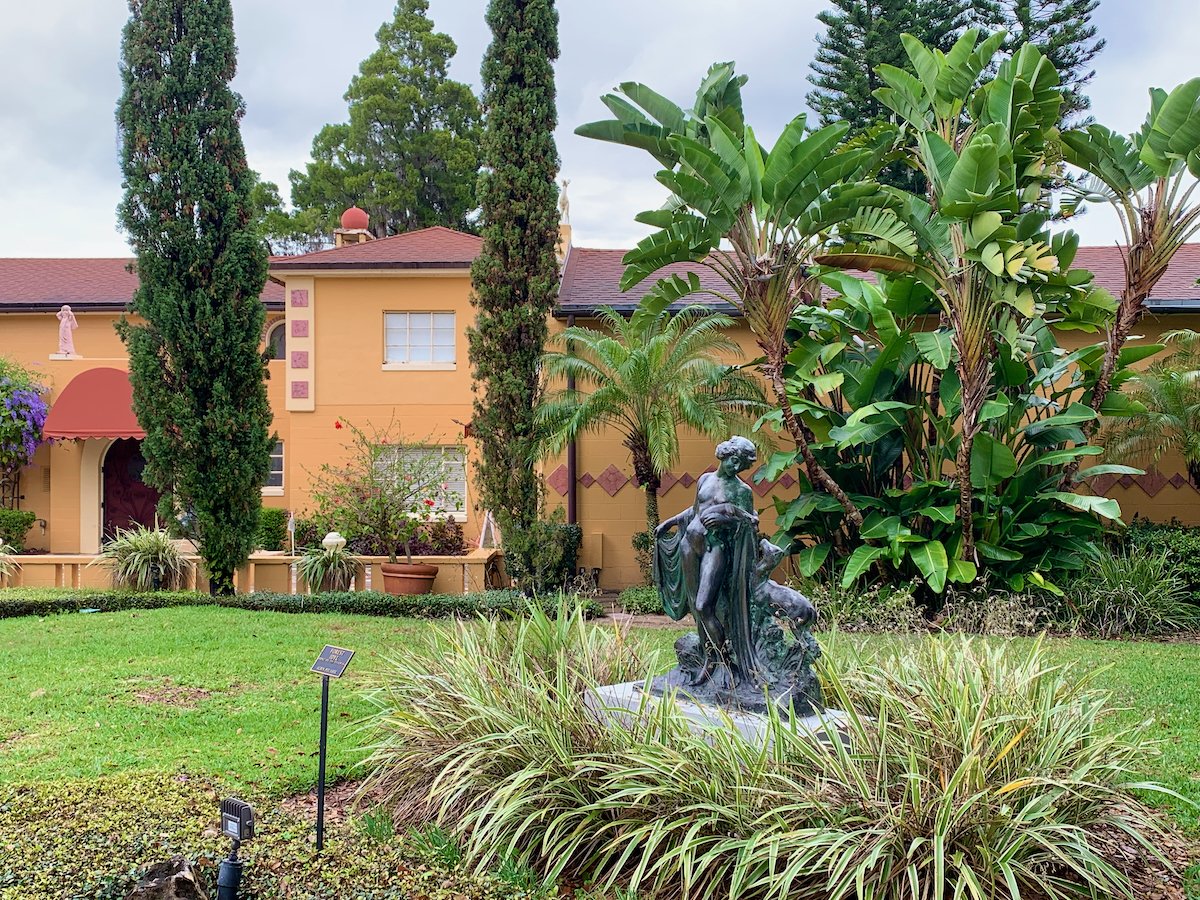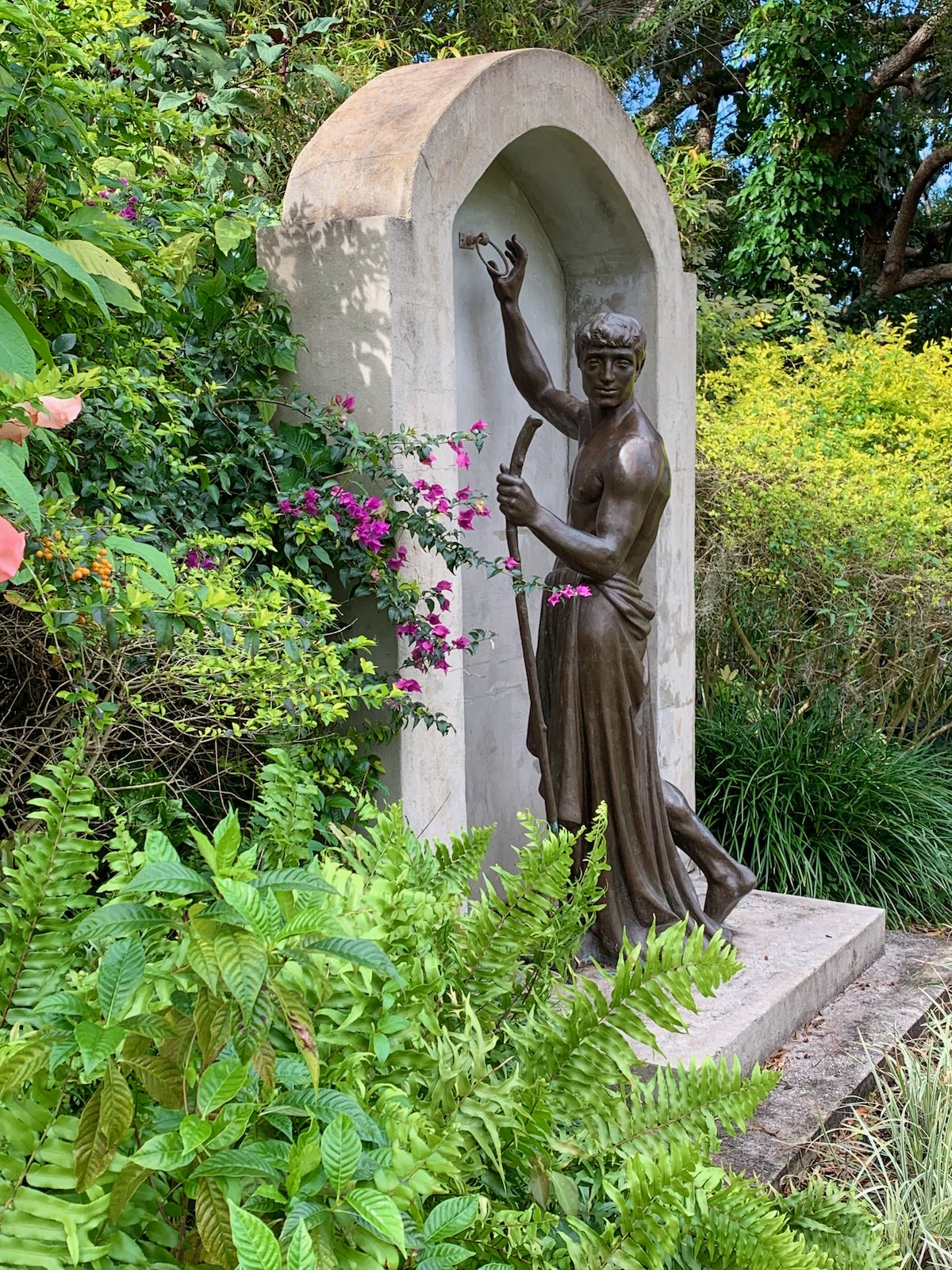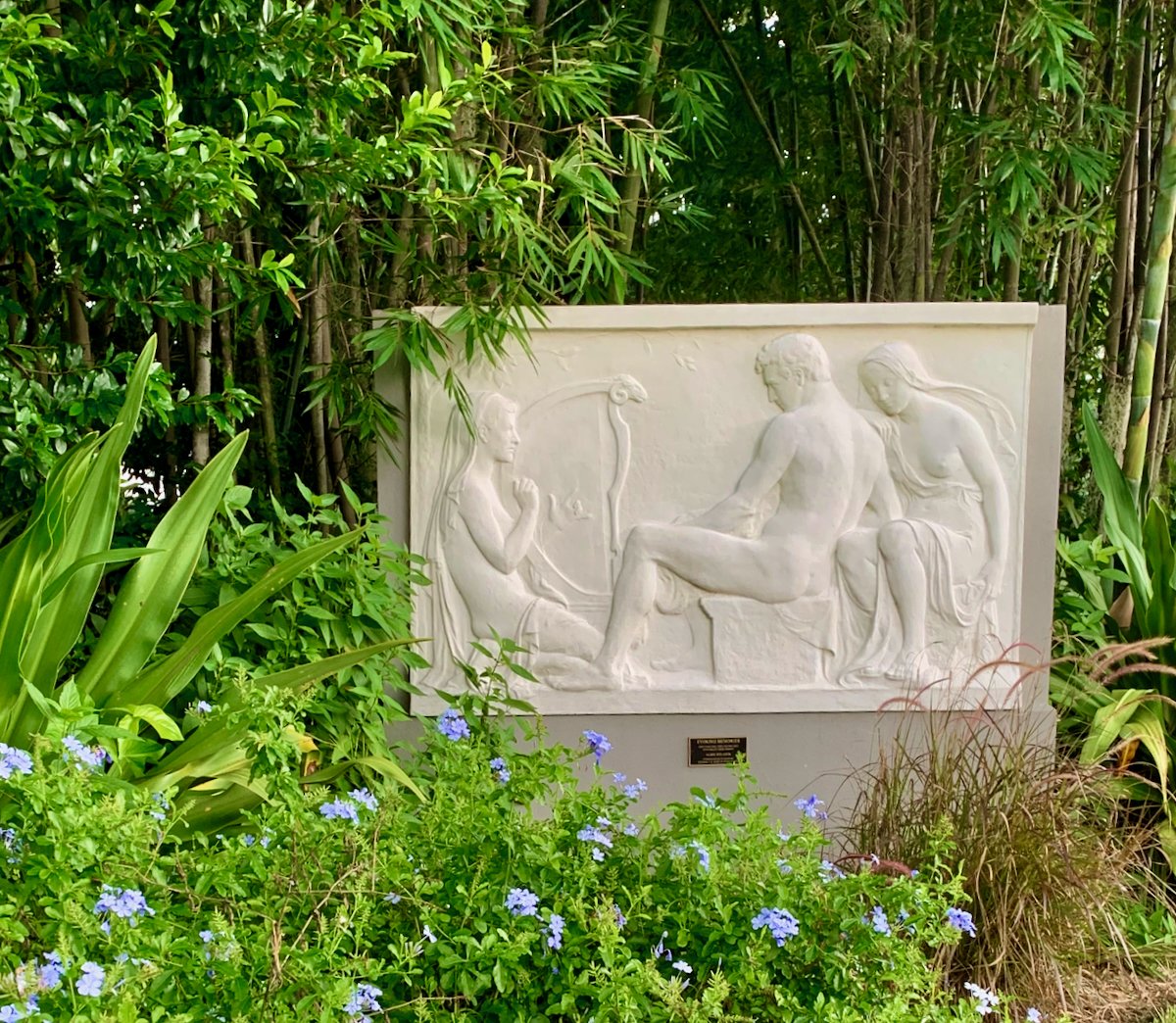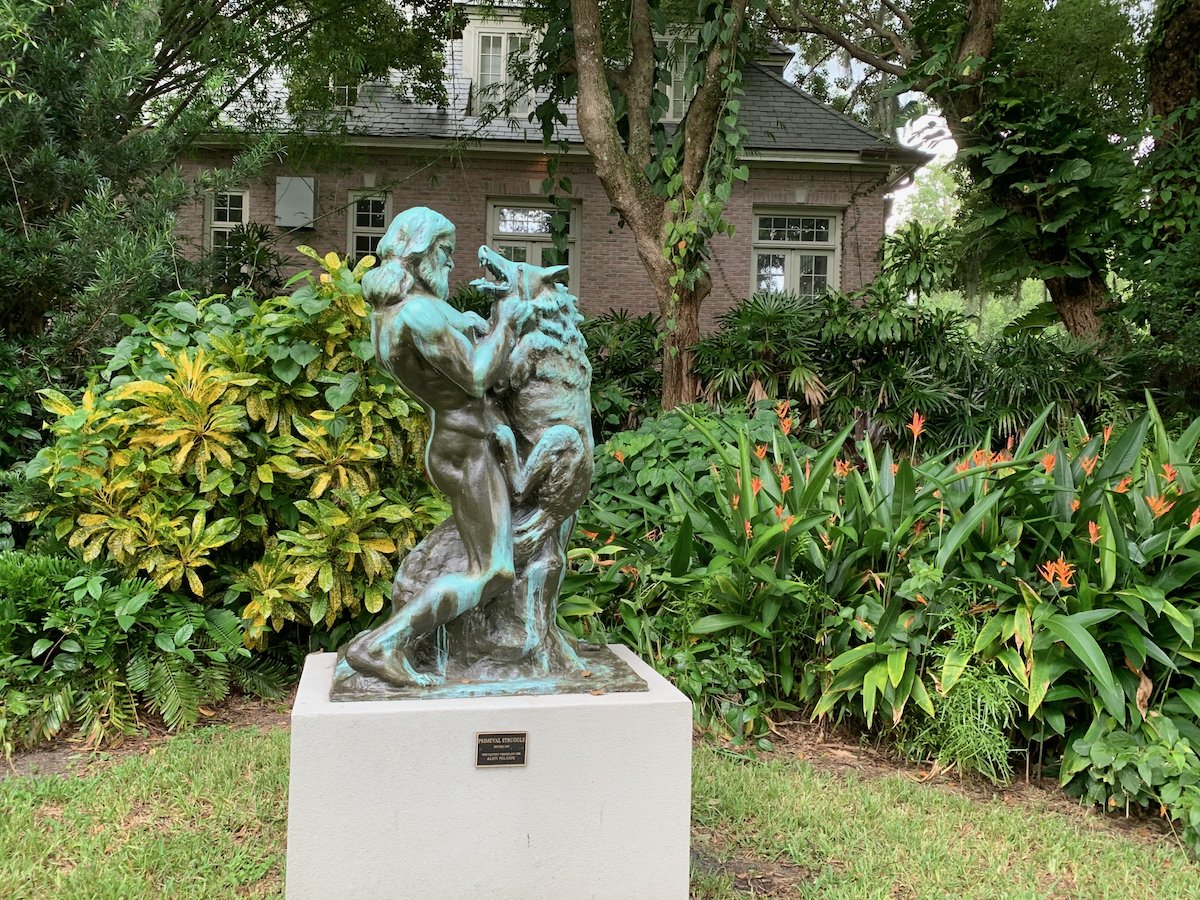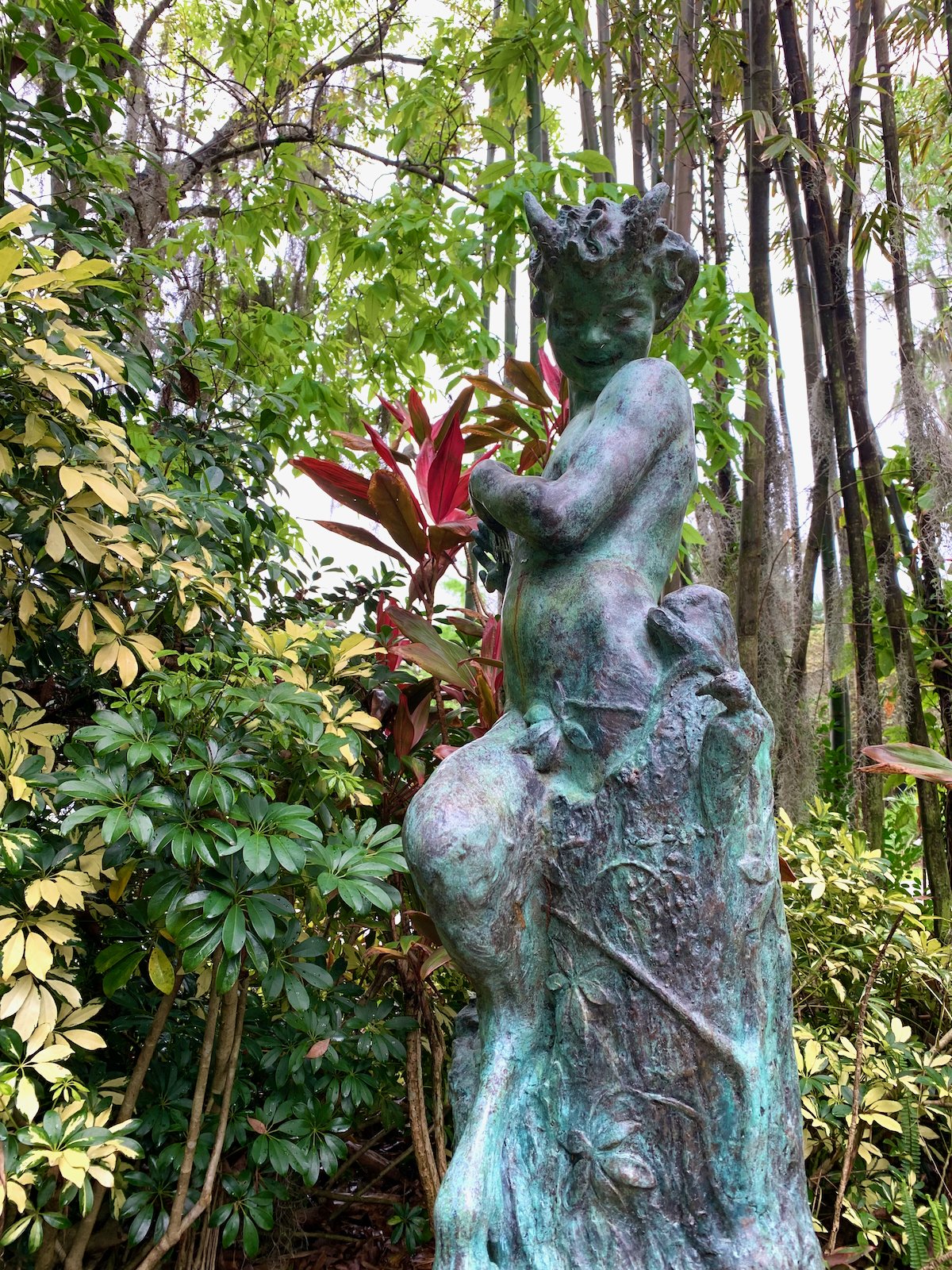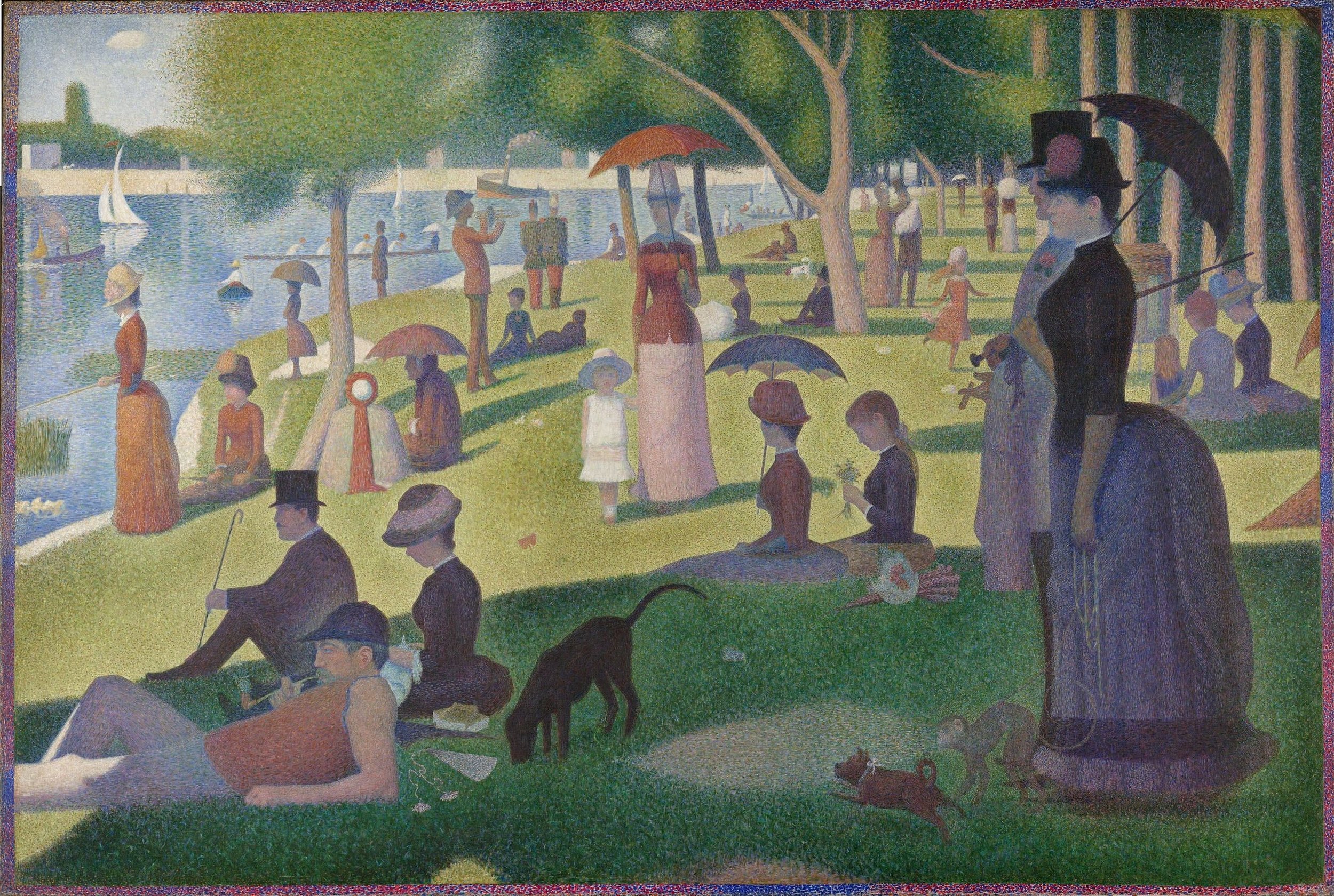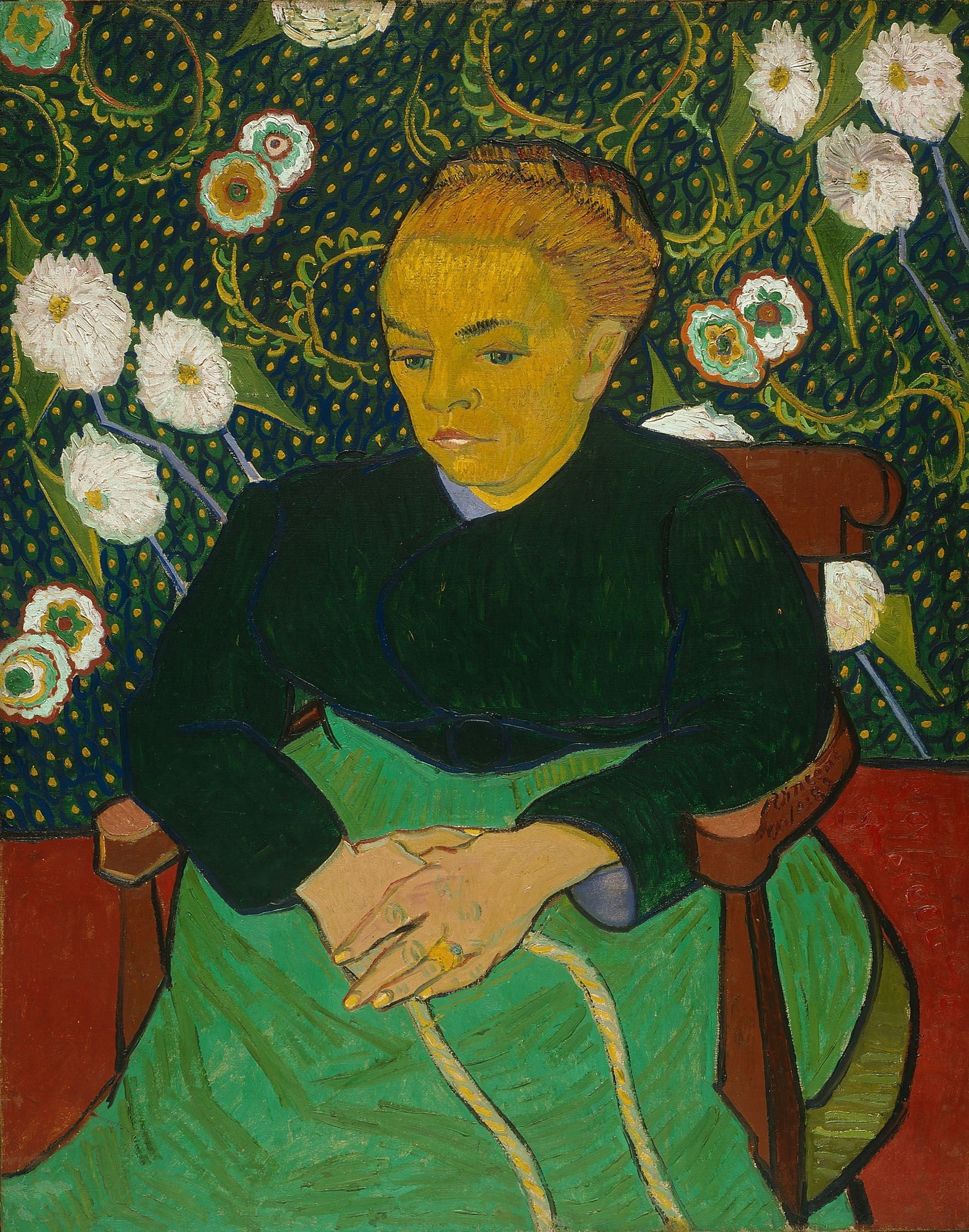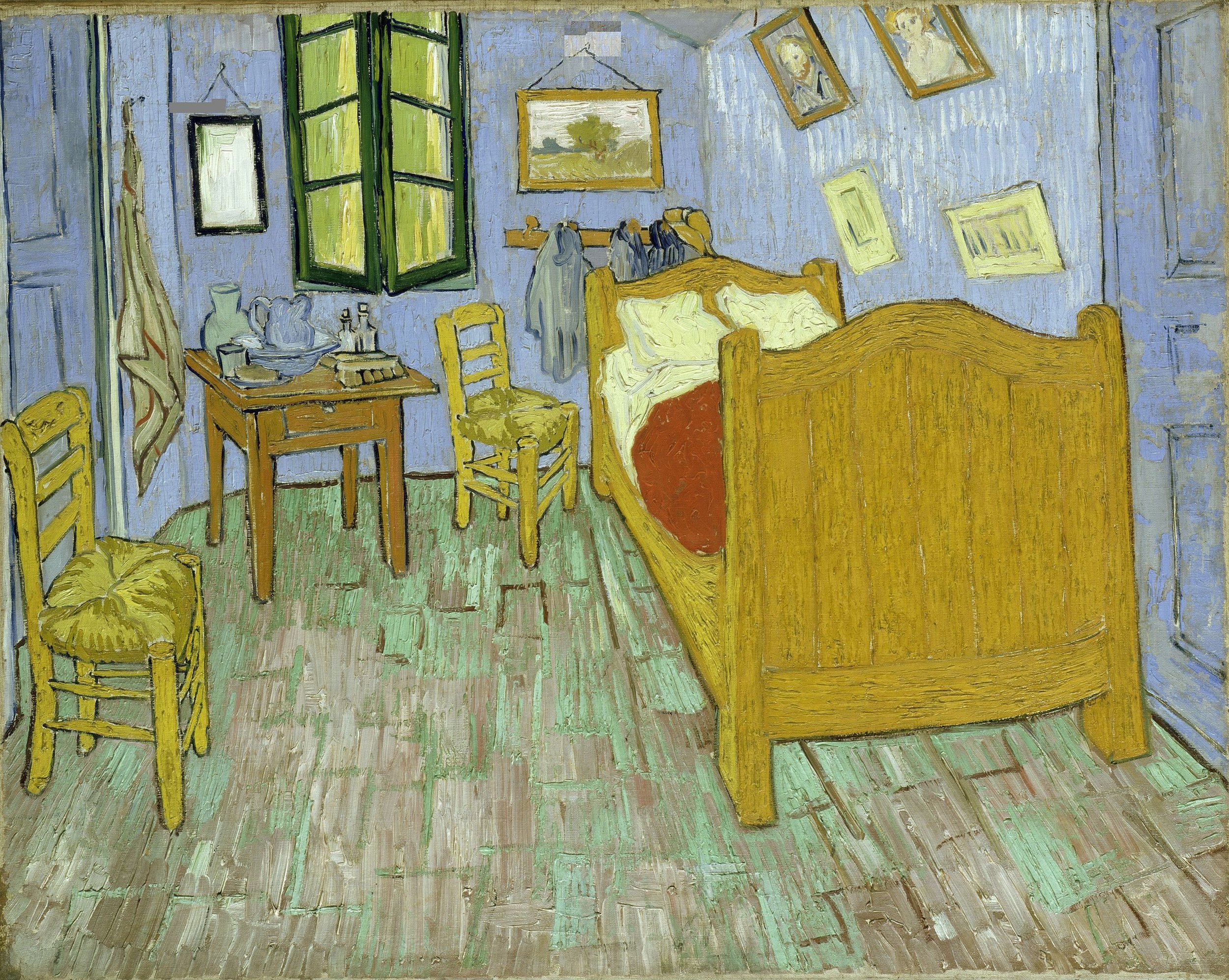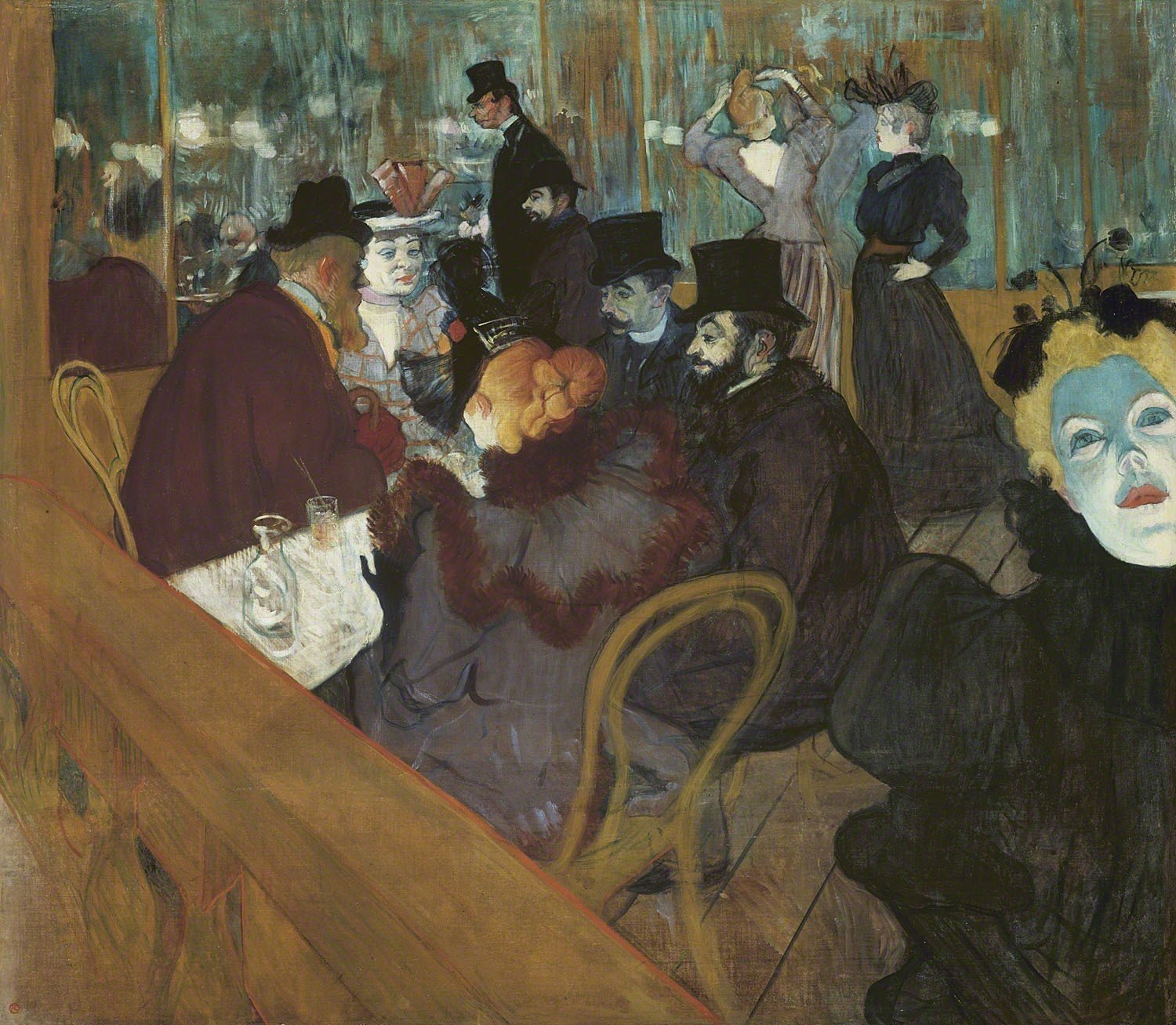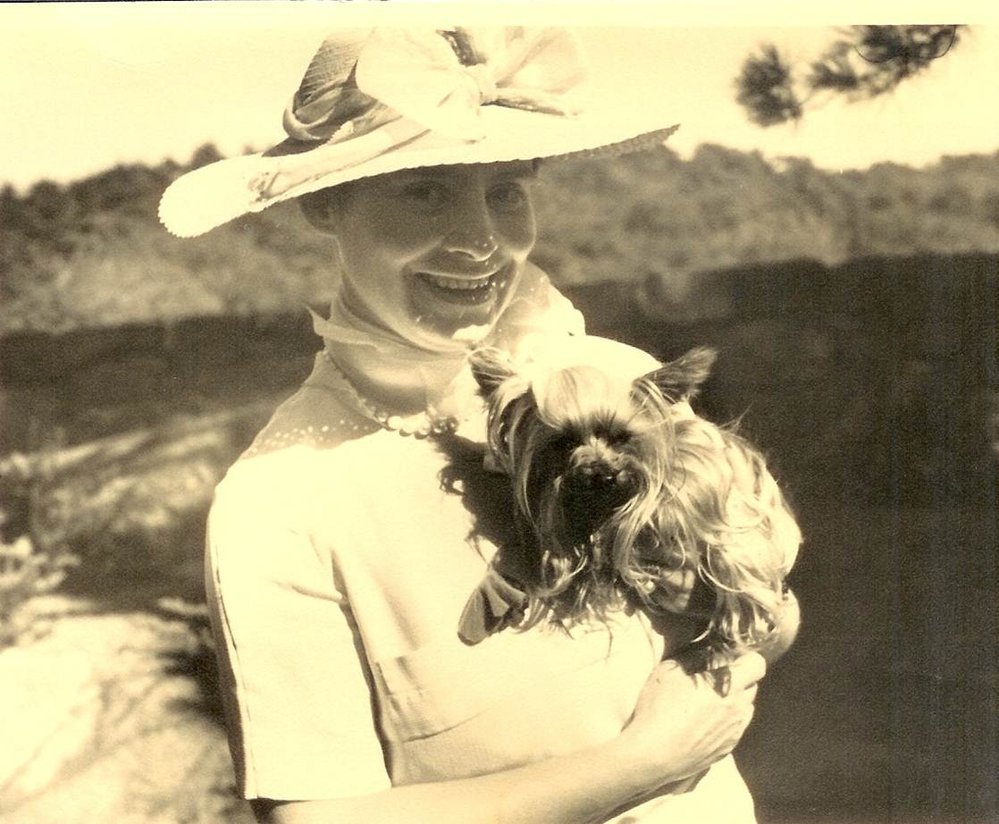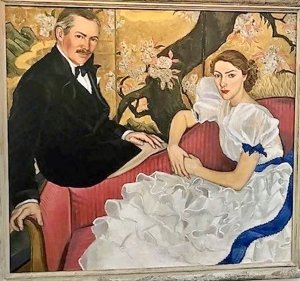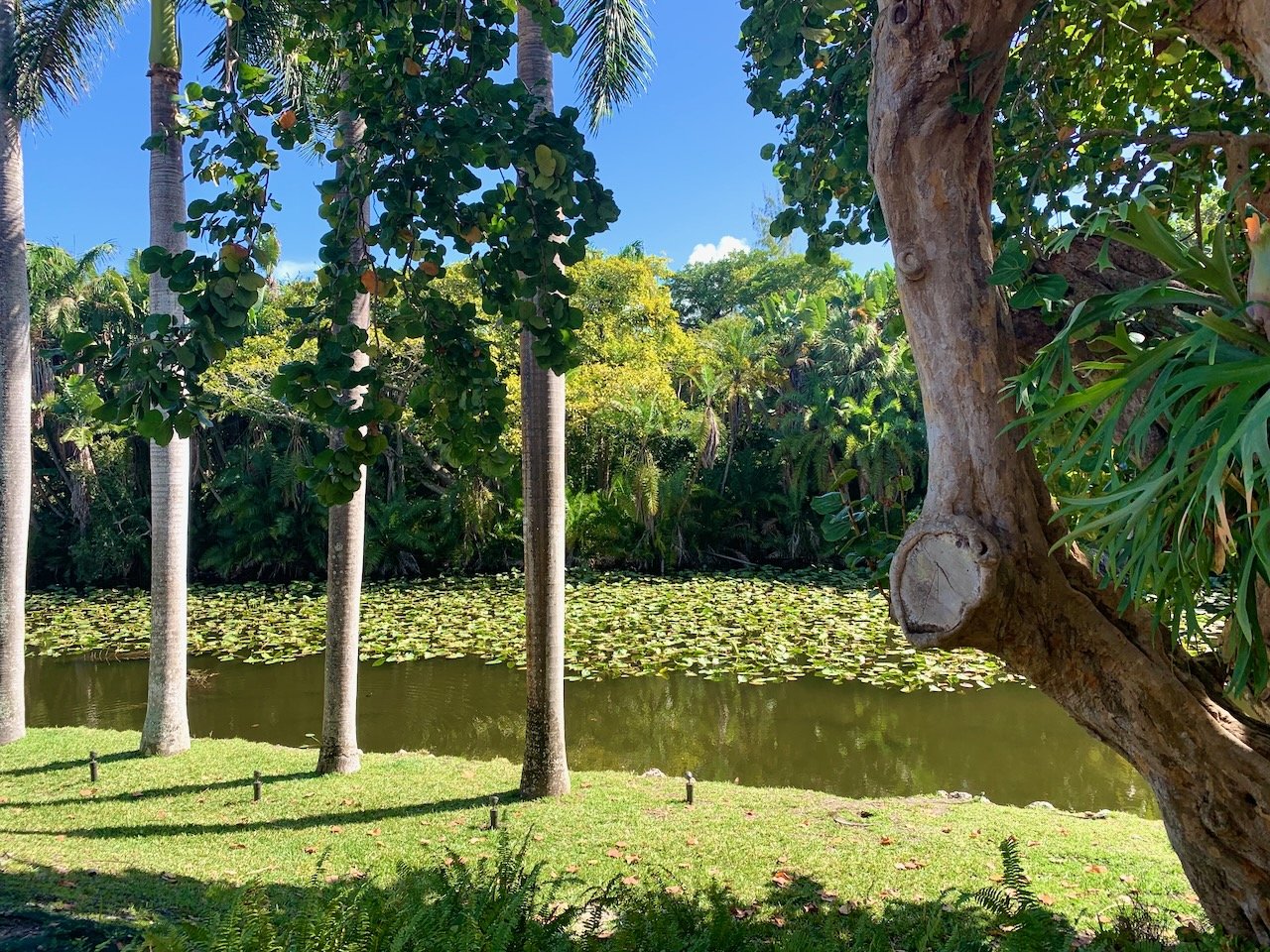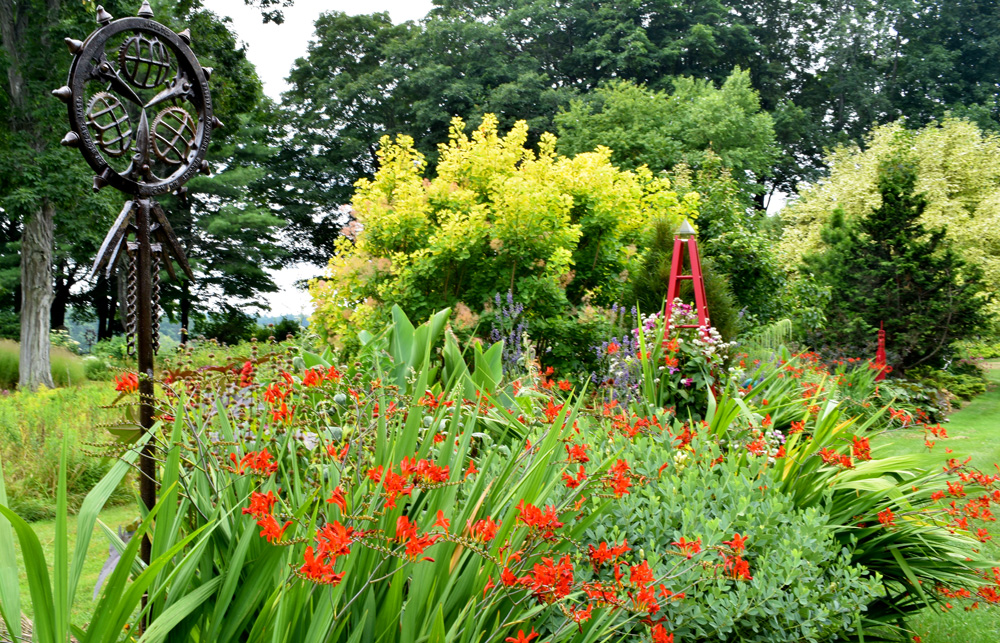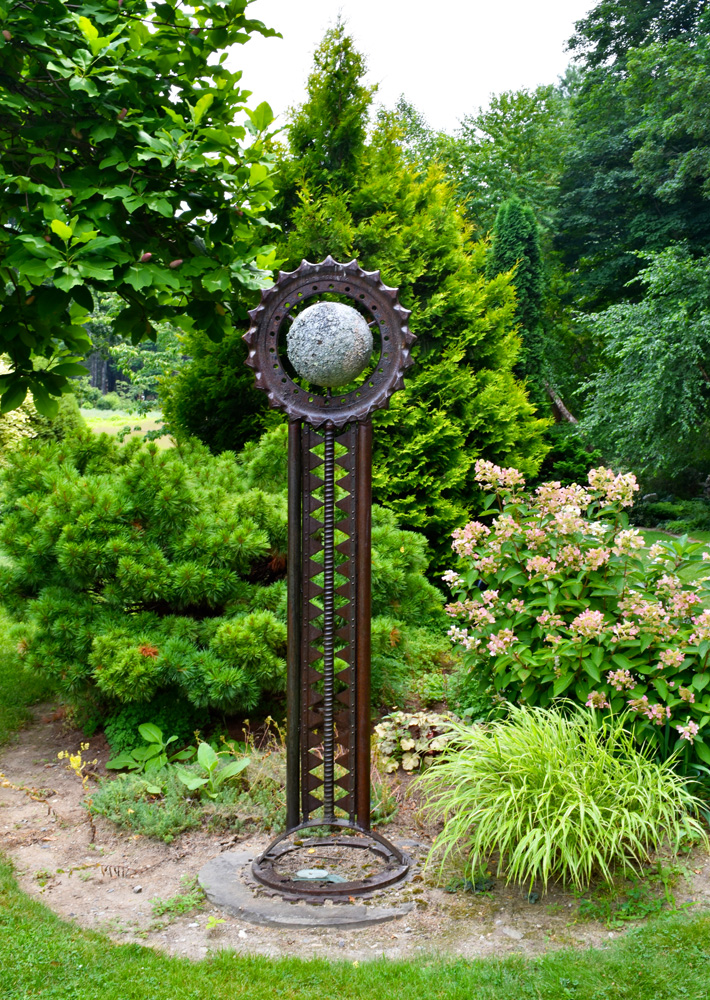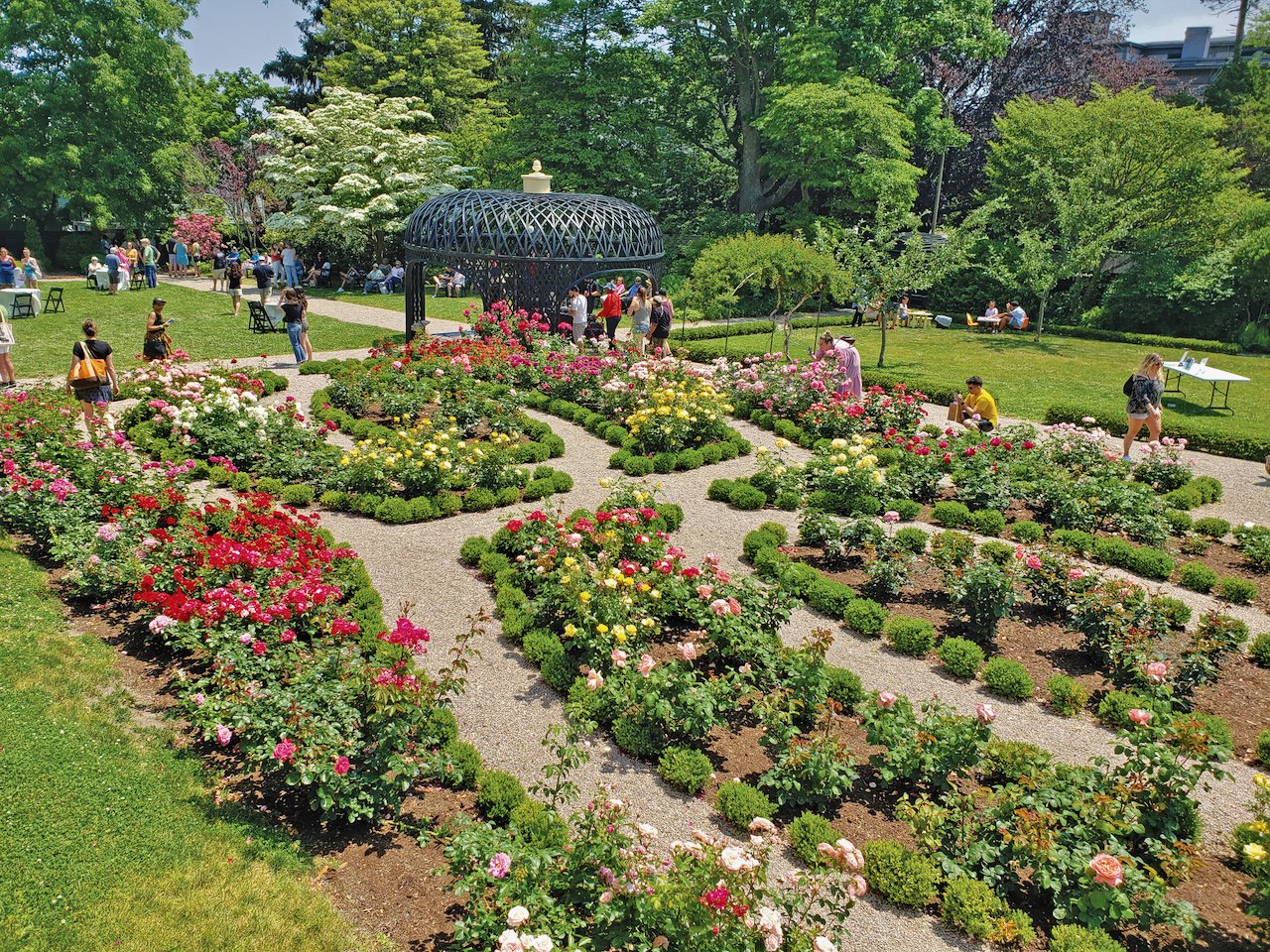Art and Garden Tour of Northeastern Connecticut
/Barbara Timberman
Saturday and Sunday, June 8 & 9, 10 am to 5 pm
Visit ten professional artists' private gardens, many with additional guest artists on site. Experience paintings, sculpture, ceramics, fused glass, woodwork, pyrography, photography, calligraphy, jewelry, and other works of art. The gardens, which vary in style, include sculpture gardens, woodland trails, acres of mountain laurel, a labyrinth, handmade stone arches, fountains, pools, a wildflower meadow, paths, terraces and an abundance of flowers, shrubs, trees, fruits, vegetables, and herbs. Art work, much of it horticulturally inspired, will be available for purchase. Individuals, families and groups are welcome. Bring your camera or sketch book if you wish. This relaxing self-guided tour through Ashford, Coventry, Mansfield and Willington in the beautiful hills of northeastern Connecticut is free.
Article and photos supplied by the artists. For more information and a map, please visit: ArtGardenCT.com.
Ashford
Rackliffe Garden, 49 Lakeview Drive
The Rackliffe "Secret Garden" features paths and boardwalks over a brook, a large collection of labeled miniature hostas, and a variety of interesting shade plants. There are enchanting planters created from recycled daybeds, handmade stepping stones, a totem pole, and other surprises throughout.
Host Artist: Jane Rackliffe creates bowls, serving pieces, spoon rests and decorative art in fused glass. Jane is fascinated and challenged by the endless possibilities that arise when transforming a sheet of glass into a shimmering piece of art.
Host Artist: Dan Rackliffe makes hors d’oeuvre platters, casseroles and other functional pottery for the home. He primarily uses a deep blue glaze that breaks over his richly textured surfaces. His pottery is food safe, microwave safe and oven ready.
Suzy Staubach
Willow Tree Pottery, 24 Bebbington Road
Set in an old hayfield, this is a welcoming old-fashioned country garden. There are arbors, informal hedges, stone benches, an armillary, antique hay rake, and a Szalay hummingbird print on the corrugated kiln shed. You are invited to sit or meander. You can even pose with Josephine (a scarecrow, but she does not know that).
Host Artist: Suzy Staubach, garden historian, writer and potter, throws on a simple kick wheel and makes her glazes from feldspars, clays and sand. Her rolled rim mixing bowls, oval bakers, covered dishes, platters and fun pieces for the garden are meant to be used and enjoyed. Hers are quiet rustic pots to share with family and friends.
Guest Artist: Barbara Katz is a sculptor and potter working with clay. She creates simple forms based on, and evocative of, ancient rituals, artifacts and shamanic figures. She makes large vessels and other pieces for the home and garden.
Guest Artists: Gretchen Geromin and Lauren Merlo work as a team, collaborating on unique, handmade cutting boards and signs made from local fallen or dead trees. A meticulous craftsman, Lauren builds the boards from strips he glues together. Gretchen burns her original art onto each piece - birds, flowers, horses, frogs, rabbits, mice, dragons and fairies.
Coventry
Barbara Timberman
Barbara Timberman Watercolor Paintings, 1194 Main Street
Visitors will delight in the abundance of lettuces planted in red-and-green patterns; the later veggies laid out in pleasing blocks of green, and the startling explosion of color from the central poppy walk. Surrounding the entire edible gardens are the delightful flowers of late spring: foxgloves, roses, Canterbury bells and columbines.
Host Artist: Barbara Timberman creates exuberant water color paintings and hand bound journals (perfect for your next garden diary). Her detailed still lifes celebrate plants and flowers complimented with charming domestic objects such as tea cups, vases, bottles, and recently, origami birds.
Aline Hoffman
Maple Brook Studio, 950 Main Street
A stone labyrinth, its path defined by moss, graces this hidden garden. Walk the coiled path, as people have done in labyrinths for millennium, and you will feel serenity. There are also outdoor sculptures and an in-process Sanctuary Garden.
Host Artist: Aline Hoffman has been working with tree bark and polymer clay this past year to create what she calls her Forest Delights series of sculptural pieces. She also creates gourd art, birch paintings on textured paper and pyrography on wood.
Guest Artist: Elizabeth Lindorff throws and hand builds pottery that is functional for daily use yet wonderfully distinctive for special occasions. Each pot is unique with glazes that complement rather than repeat on similar pieces. Food, oven and dishwasher safe.
Storrs/Mansfield
FentonRiver Studio, 287 Gurleyville Road
A planted "Garden Lady" greets visitors to this unique garden bursting with a vibrant display of colorful blooms and sculptures. There is a seven-foot lion, a fountain, a large lighted fairy house, a koi pond, cast cement leaves, and so much more. Peonies, iris, poppies and roses flourish throughout.
Host Artist: Shauna Shane works in oil, pastel, watercolor and sculpture. Her subject matter includes landscapes, still lifes, figures and animals. Shauna creates cement leaves, cement and planted sculptures, and hyper-tufa planters. She will have more than 150 paintings in her studio and more than a dozen outdoor sculptures.
Leanne Peters
Flying Dragon Farm Studio, 533 Chaffeeville Road
An expansive, colorful garden surrounds the spacious barn studio. Guests can wander through a lush mix of fruit, flowers and vegetables. Amidst this profusion of horticultural delight, there is an unusual aquaponics garden in a greenhouse and a fish pond. Birds and bees abound.
Host Artist: Mary Noonan works in oil, water colors, encaustic and collage. Using multiple styles and techniques, Mary reflects her relationship to the people and natural world around her in each of the pieces she creates.
Guest Artist: Elizabeth Clark makes a variety of crafts and art with a concentration on jewelry. She embellishes her pieces with stones, glass, wood, leather, resin and metals. Sometimes she adds an insect wing that she has found or a snippet from a plant. Elizabeth creates with a touch of whimsy. "Odd," she says, " can be beautiful."
Guest Artist: Leanne Peters creates imaginative nature art using oil, graphite, and colored pencil plus digital tools. In addition to offering her art directly, she licenses her artwork to national firms for puzzles, fabrics, paint by numbers, and cards. She created the logo for the Art and Garden Tour.
Khuyay Farm, 441 Warrenville Road (Route 89)
This is an alpaca farm with fenced pasture land, a pretty red barn, gnarled old trees and wildflowers. There's a new shade garden and a new emphasis on native plants, with a goal that 75% of the plants will be native within the next couple of years.
Host Artist: Janet Dauphin creates fused glass nightlights, dishes, and window hangings in brilliant colors and exciting forms. This year she is making necklaces with glass pendants. She continuously marvels at how the heat of her kiln transforms, shapes and colors glass. Magic!
Guest Artist: Nora Charters' photographs honor small-town life and the softer, moodier side of the Quiet Corner: the people, farms, woods, and flowers. Recently she has focused her lens on yoga and trucks. Working in both black and white and color, she offers prints on canvas and fine paper.
Michelle Allison
Michelle Allison: Michelle: Metal Art, 638 Browns Road
This is two intriguing gardens. There is a perennial flora garden with an eye-catching water feature and striking architectural elements. There is a spectacular sculpture installation space featuring large, airy vessels that are a stunning new interpretation of the classic "garden urn."
Host Artist: Michelle Allison continues her fascination and exploration of the vessel form, but after 55 years working with wood, she has turned to metal. Constructed of ribs and rings, her large metal vessels include capacious negative space, thus appearing light and open. For some pieces she uses the bold automotive colors that enhanced her wood vessels, for others, a rich rust patina.
Scott Rhoades
Scott Rhoades Studio, 422 Browns Road
Ellie and Scott Rhoades have created a picture-perfect garden around their house and the studio Scott built himself. There are stone arches, formal borders, terraces, a pool, fruit trees, a highly productive vegetable garden, an old-fashioned swing and a wealth of specimen shrubs, trees and perennials.
Host Artist: Scott Rhoades' award winning acrylic paintings are in the style of traditional realism. His subjects are based on his experiences and travel: the wilderness, weathered barns, historic buildings, people, and animals. His works are shown and collected throughout the US and internationally.
John C. Starinovich
Willington
Holes in the Woods, 17 Lustig Road
A labor of love, this garden includes streams, a half-acre pond, a colorful wildflower meadow, and acres of blooming mountain laurel. Two miles of named woodland trails wind through a lavish display of ferns, moss, boulders and ledge. And, oh yes, there are traditional flower beds too. Trail maps available.
Host Artist: John C. Starinovich uses natural holes from downed trees combined with metals, crystals, deer antler, bone, shells, seed pods, various woods, LED lights, and most importantly, mirrors to create his sculptures. He works with both hand and power tools to create his one-of- a-kind art. John has more than 100 wall hung and pedestal sculptures in his gallery.
The Art and Garden Tour is a member of the Last Green Valley and participates in CT Open House Day. Several of our gardens are on the Pollinator Pathway. You can follow us on Facebook at ArtandGardenTourofNortheasternCT. For more information Visit ArtGardenCT.com
You Might Also Like








